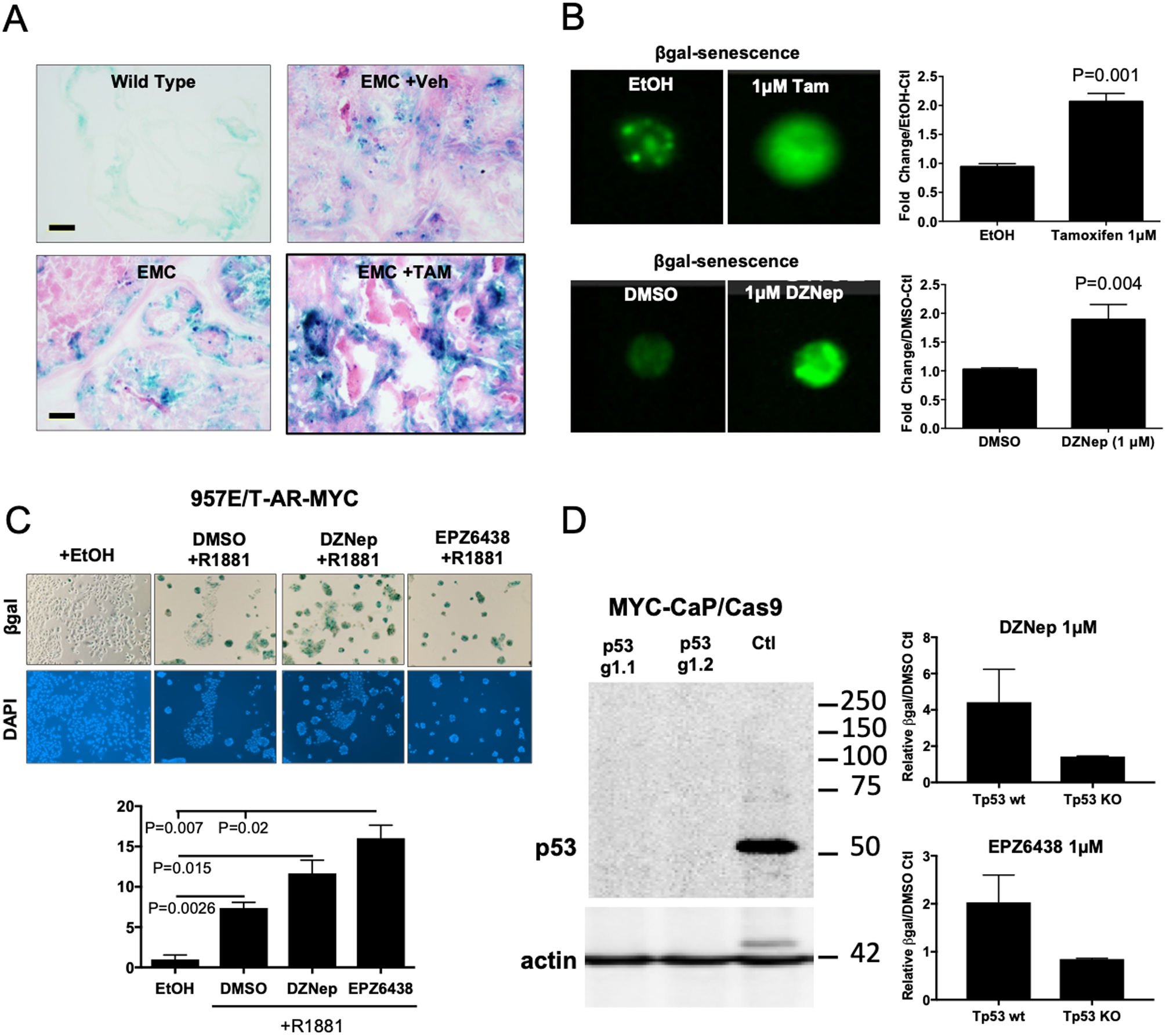Figure 5. Inhibition of EZH2 catalytic activity induces tumor cell senescence in MYC prostate cancer.

(A) Representative images from 12-week old dorso-lateral prostate samples indicate genetic disruption of EZH2 results in increased tumor cell β-galactosidase positive staining. (B) Organoids generated from our genetically engineered mouse model had EZH2 catalytic activity inhibited by chemical (DMSO verse DZNep, 1μM day 0) or genetic (EtOH or Tam day 0) methods. β-galactosidase staining was assessed 3 days post treatment by flow cytometry. (C) 957E/T-AR-MYC cell lines were treated with EZH2 inhibitors DZNep (1μM) or EPZ6438 (1μM) combined with indicated conditions for 3 days and assessed for β-galactosidase staining. (D) Murine prostate cancer lines, MYC-CaP, were infected Cas9 expressing plasmid followed by control (Tp53 wt) or Tp53 targeting guide-RNA (Tp53 KO). MYC-CaP/Cas9 cells were then treated with DZNep (1μM) or EPZ6438 (1μM) for 3 days and assessed for β-galactosidase staining by flow cytometry. EZH2 inhibitor induction of cellular senescence is Tp53 dependent. For B-D, results represent the mean of 3 independent experiments ± SEM. Unpaired T-tests were used to demonstrate statistical significance.
